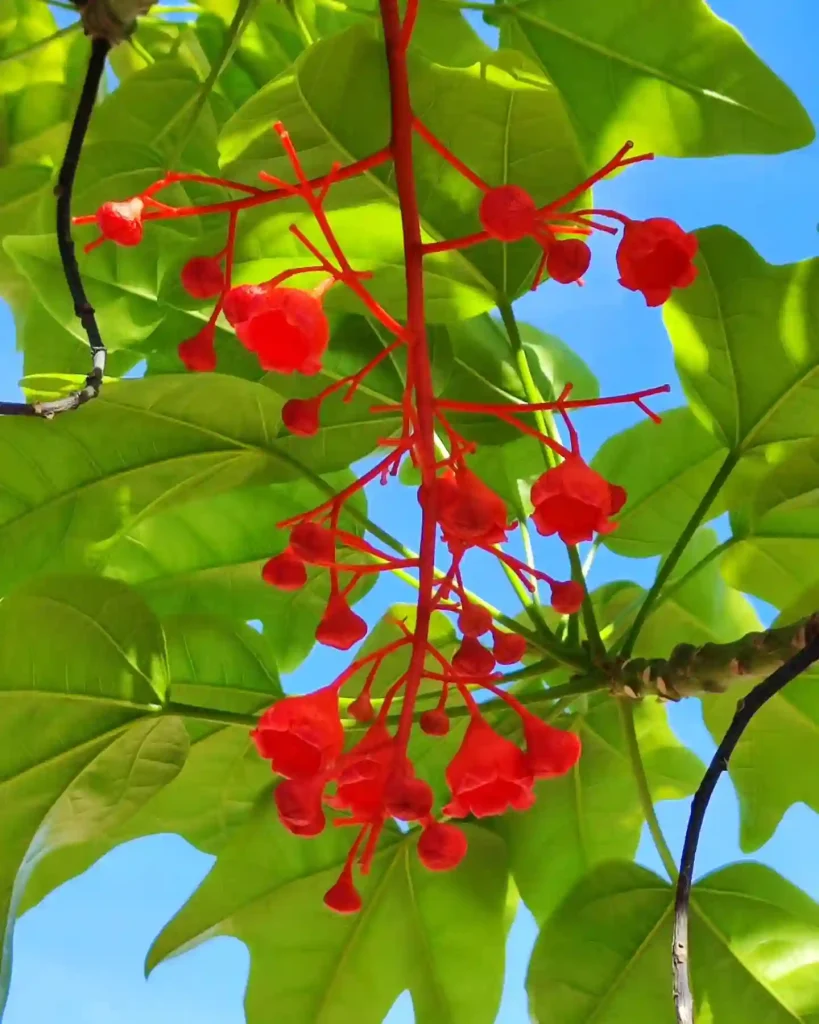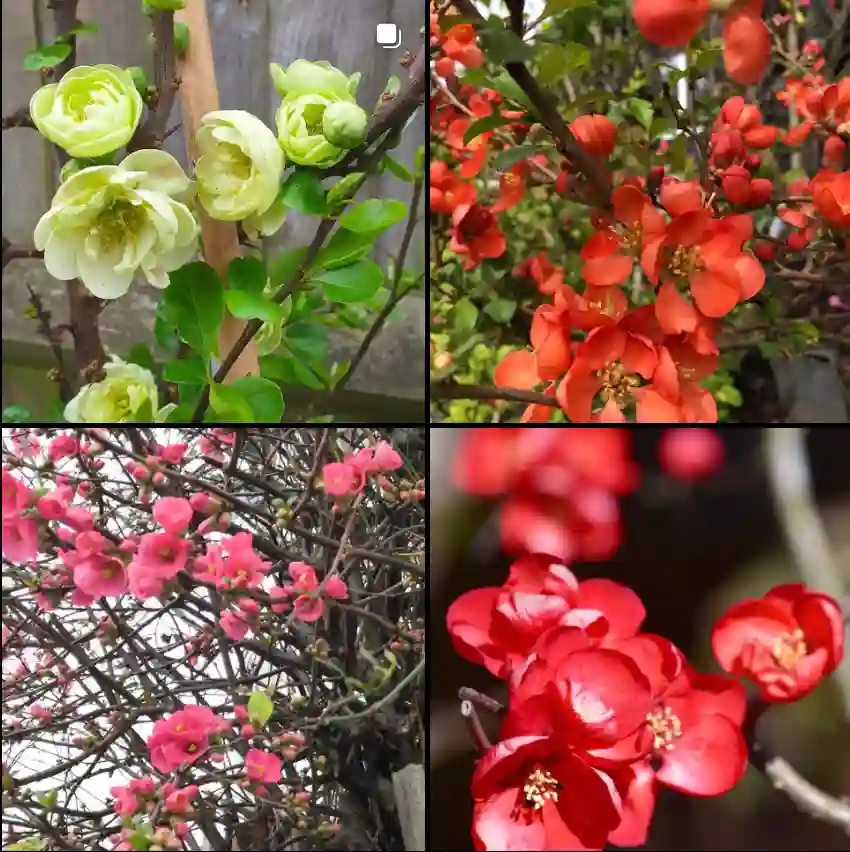
FAQs About Edithcolea Grandis
I’ve always been fascinated by unique and rare succulents, and Edithcolea Grandis has to be one of the most interesting ones I’ve come across. Often referred to as the “Persian Carpet Flower” due to its intricate patterns, this succulent can catch anyone’s attention with its distinctive blooms and unusual appearance. Here are some common questions I’ve encountered regarding this beautiful plant, along with my personal experiences on growing and caring for it.
What Is Edithcolea Grandis?
Edithcolea Grandis is a rare succulent species native to East Africa and parts of the Arabian Peninsula. It belongs to the Apocynaceae family and is admired for its striking flowers, which resemble ornate, patterned carpets. The blooms are large, star-shaped, and can range in colors from yellow to red, often with intricate spots or lines that look almost artificial in their perfection.
Plant Family: 387 Genera in Apocynaceae
How to Grow Edithcolea Grandis?
Growing Edithcolea Grandis can be a bit tricky but also rewarding. First, it’s essential to provide the right growing conditions. This succulent thrives in hot, dry climates and can suffer in overly humid environments. I’ve found that well-draining soil, like a cactus mix, is perfect. Mixing in perlite or sand can improve drainage further. This is crucial because this plant is prone to root rot if kept in wet or waterlogged soil for too long.
Place the plant in a location where it can receive bright, indirect sunlight. Direct sunlight for extended periods may cause its leaves to scorch, but too little light can inhibit blooming. In terms of watering, I follow the soak-and-dry method. Water thoroughly, but let the soil dry out completely before watering again. In winter, I cut back on watering since the plant goes dormant.
How to Care for Edithcolea Grandis?
Caring for Edithcolea Grandis mainly involves maintaining the right balance between light, water, and temperature. This plant does best in temperatures ranging from 75-95°F (24-35°C). If it gets too cold, especially below 50°F (10°C), the plant can suffer and eventually die. Therefore, if you live in a colder region like I do, keeping it as a container plant you can bring inside during winter is a great idea.
I’ve also noticed that it’s sensitive to pests, particularly mealybugs and aphids. Regular inspections and cleaning with a neem oil solution have helped keep pests under control.
How to Propagate Edithcolea Grandis?
Propagating Edithcolea Grandis is surprisingly simple, given its exotic appearance. The most reliable method is through stem cuttings. I usually take a healthy cutting, let it callous for a few days to prevent rot, and then plant it in well-draining soil. Keep the soil slightly moist until you see new growth. Don’t water too much though, as the cutting can rot if it stays too wet.
Can You Grow Edithcolea Grandis Indoors?
Yes, Edithcolea Grandis can be grown indoors, provided it gets enough light. I’ve had success keeping mine near a sunny window where it receives plenty of indirect light. It’s essential to replicate its natural arid environment, so avoid placing it in rooms with high humidity or poor ventilation. Using a grow light can be helpful if you don’t have access to enough natural sunlight.
Is Edithcolea Grandis Toxic?
Edithcolea Grandis is not known to be toxic to humans or pets, which is a relief if you have kids or animals in the house. However, since it belongs to the Apocynaceae family, which includes several toxic species, I would still exercise caution and avoid ingestion or contact with the plant’s sap.
Common Problems with Edithcolea Grandis
The most common problem I’ve faced with Edithcolea Grandis is root rot. This plant is extremely sensitive to overwatering, and once root rot sets in, it can be challenging to save the plant. Ensuring your soil drains well and letting the soil dry out completely between waterings can prevent this issue. Other problems include pest infestations like mealybugs and aphids, which can damage the plant if left unchecked.
Another issue is poor lighting. Without enough light, the plant may become leggy and fail to bloom. On the flip side, too much direct sunlight can cause sunburn on the plant’s stems.
What to Plant with Edithcolea Grandis?
Edithcolea Grandis pairs well with other succulents that thrive in similar conditions. I’ve planted mine alongside species like Haworthia, Echeveria, and Crassula. These plants all enjoy bright light, well-draining soil, and minimal watering, making them good companions in a succulent garden.
How Does Edithcolea Grandis Compare with Similar Plants?
Edithcolea Grandis is often confused with Huernia species due to their similar star-shaped flowers. However, Huernia plants typically have smaller blooms and less intricate patterns. Both belong to the same plant family, but I find Edithcolea Grandis’ flowers to be far more ornate and visually striking.
Benefits of Growing Edithcolea Grandis
For me, one of the biggest benefits of growing Edithcolea Grandis is the sheer beauty of its flowers. The unique appearance of its blooms, along with its exotic appeal, makes it a show-stopper in any succulent collection. Another benefit is its relatively low maintenance requirements—once you’ve figured out the watering balance and lighting needs, it’s a hardy and resilient plant that doesn’t demand constant attention.
Conclusion
Edithcolea Grandis might not be the easiest succulent to grow, but with the right care, it’s an incredibly rewarding plant to have. Its striking flowers, interesting growth habits, and unique appearance make it a conversation piece in any collection. Whether you’re looking to grow it indoors or as part of an outdoor succulent garden, this plant will bring a touch of exotic beauty to your space.
If i die, water my plants!



